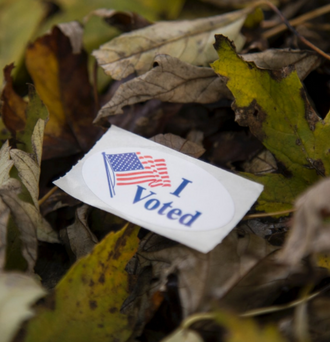
Wolves and frogs can’t vote, a lake or river can’t call their elected representatives, and a polluted ravine can’t blow the whistle on a toxic coal plant.
But you can do all those things — and more.
The trouble is, not enough people who care about climate change, the extinction crisis or environmental justice make themselves known to the people who can make a systemic difference.
“The truth is the environmental movement needs more political power,” says Nathaniel Stinnett, executive director of the Environmental Voter Project. “We can’t rely on politicians doing the right thing. Instead, we need to get more political power so that they lead on our issues because it’s politically smart.”
So how do environmentalists get that power, especially in an age when so many feel powerless? One route starts by engaging in democracy — not just by voting in the midterms or general elections, but by participating in our civic systems year-round, at the federal and local levels, on an ongoing basis.
“Voting isn’t important just because you can elect the right people,” Stinnett says. “It’s also important because in between elections is when policy is made.”
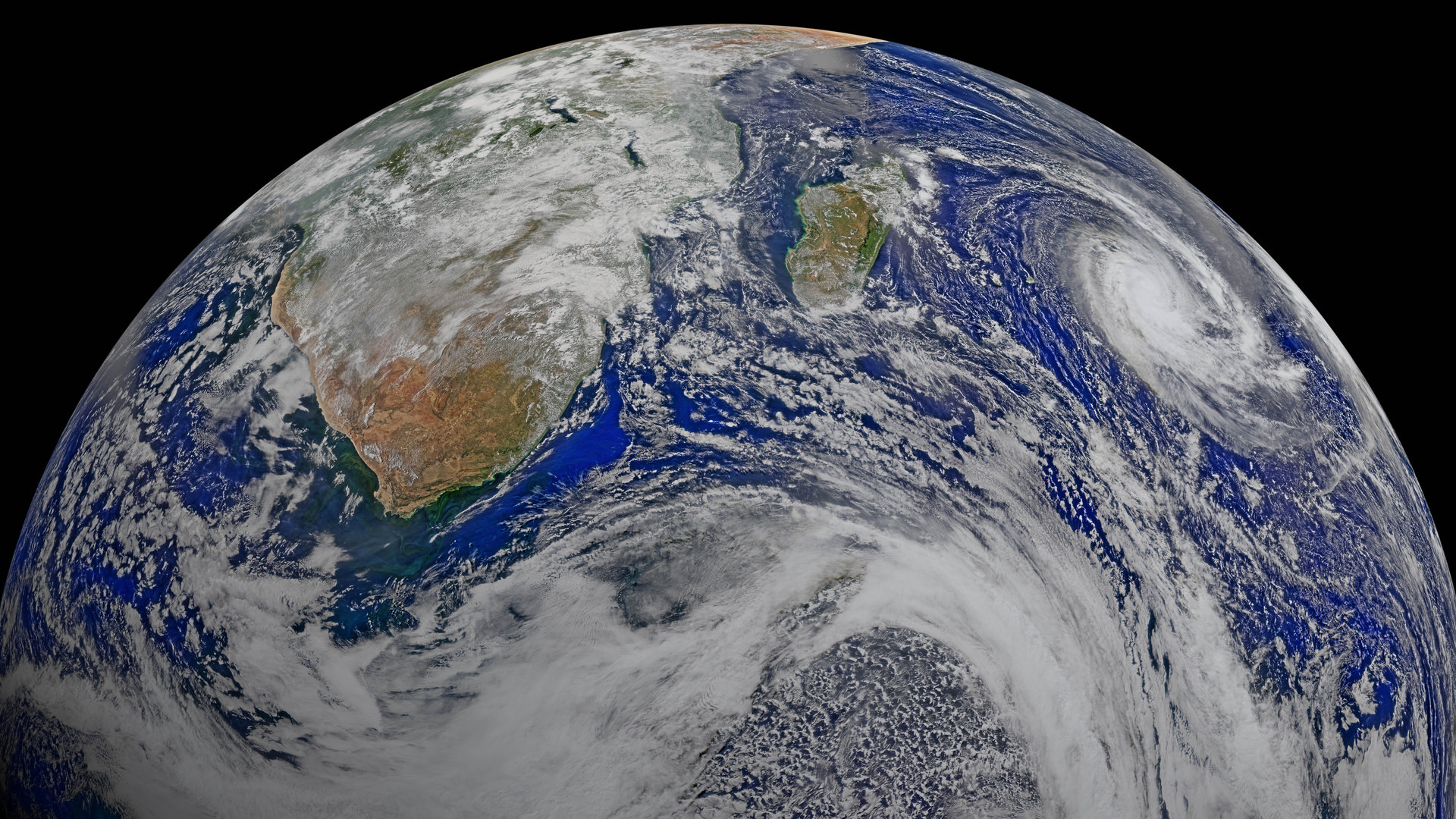
It’s hard to influence policy, though, if people don’t participate in the political system. And if people don’t feel they have a voice, it can create a feedback loop that makes them even less likely to vote.
“In certain states, the number of unlikely voters who list climate and the environment as their top priority is twice as large as the number of likely voters,” Stinnett says. “You can see that data and get frustrated, or you can see it as an enormous opportunity.”
That opportunity comes from getting more people who care about the environment to vote and otherwise engage — something those who are already active on those fronts can encourage by being public about their environmental concerns and what they’re doing about them.
That will help build support for issues that, ironically, people already care about but don’t speak of in political contexts.
“Human beings are social animals,” Stinnett adds. “One of the most impactful things environmentalists can do in the civic sphere and the political sphere is to be loud and proud about being an environmental voter and a political activist. Your friends and colleagues look to you for cues as to what is good behavior, and it’s up to everyone who cares about the environment to model that voting is part of what makes a good environmentalist.”
Kathleen Hall Jamieson, director of the Annenberg Public Policy Center at the University of Pennsylvania, says the most important thing beyond voting itself is to speak proudly about your environmental commitments. “One of the ways in which we could increase the likelihood that we perceive that climate action itself is normative is for us to speak out more as individuals and find ways to represent our climate commitments as a form of almost personal witness.”
Our personal achievements and goals have another benefit: They work as an antidote to the feeling of helplessness that pervades society and erodes trust in our institutions.
“Your vote is an expression of your commitments to things, and that has an impact,” says Jamieson.
So let’s increase that impact. Here are 30 ways environmentalists can participate in democracy to better themselves, their communities and the planet throughout the year.

1. Vote. That’s job one, in every election, no matter how big or how small, and whether it’s national or local. Too many environmentalists don’t vote, and that means their voices get lost.
“The simple truth is that politicians don’t care about the priorities of non-voters,” says Stinnett. “Politicians don’t poll unlikely voters. They don’t poll the people who stay at home. So simply by voting, you become a first-class citizen. You make sure that your policy preferences and your policy priorities drive decision-making.”
2. Encourage others to vote. Are your friends, family members and neighbors registered? They can check their registration status at Vote.org, where they can also make a pledge to vote. Come to think of it, you can do that, too.
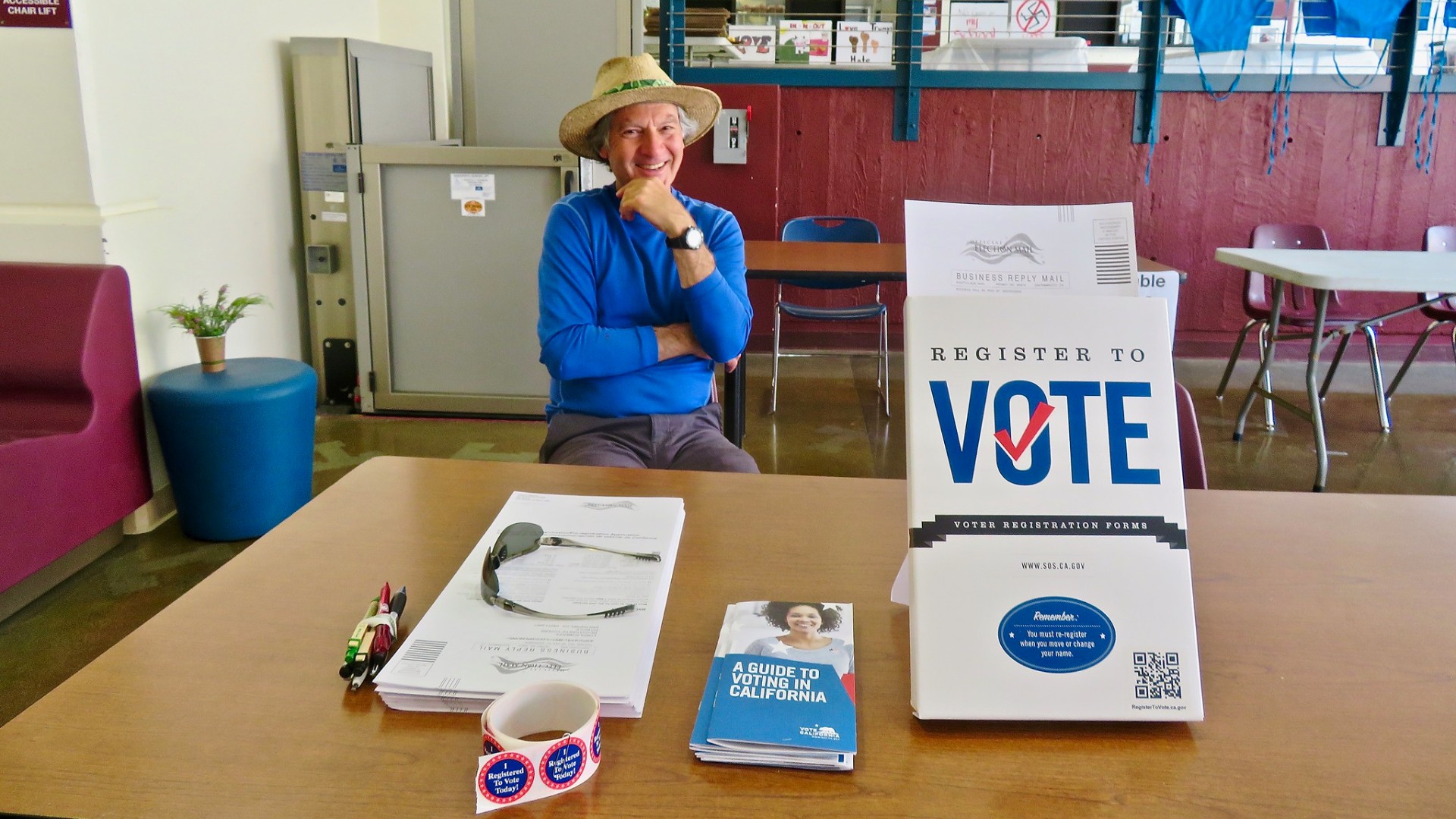
3. Help others vote. Sometimes just getting to the polls can be an overwhelming challenge. You can help by freeing up peoples’ time — for example, by offering free babysitting — or volunteering to drive someone who lacks access to transportation or has health issues that prevent them from driving. Your community may already have initiatives you can volunteer through, or you can find people in need through Carpool Vote. (Need a ride? You can also find one there.) And of course, carpooling is always a greener option than each person driving.
4. Demand a plan and an accounting. Insist that political candidates and elected officials publish their proposed and current climate policies — then take that idea much further and make it broader. “I want everybody to have a climate action plan for themselves and for every community and organization,” says Jamieson. Each climate action plan, she says, should be “real and accountable, with demonstrated benchmarks.”
And this isn’t just about government. Jamieson says we should expect the same from our employers, our kids’ schools, our places of worship, and the companies with which we do business.
5. Keep track. Once people and organizations make their climate plans known, hold them to it. “We know when people make public commitments, you increase the likelihood they act on those commitments,” says Jamieson. “They’re going to be accountable.”
6. Learn how to sort fact from fiction during election season. The News Literacy Project and the League of Women Voters will host three webinars about disinformation over the next few weeks.
7. Be a good boss. Got employees? Give them paid time off to vote. Maybe close your business to the public for half a day so you can all go together. (Got a boss? Ask for time off yourself.)
8. Sign up to be a poll worker. Anyone can volunteer to do this essential job, not just retired folx (and unfortunately the need has never been greater due to ongoing threats against election workers). The website Stacker has compiled details on how to become a poll worker and what to expect from the experience.
9. Support voting-rights organizations. Think voter suppression doesn’t affect you? Think again.
“The people who are most likely to care deeply about climate and other environmental issues are young, lower income and people of color — and they also happen to be the three groups that are always the objective of voter-suppression efforts,” says Stinnett. Volunteering or donating to groups like Fair Fight, the ACLU, Voting Rights Lab or the NAACP Legal Defense Fund can help ensure everyone can always freely elect their representatives and shape environmental policy.
10. Support ranked-choice voting. As we discussed in a recent op-ed, this is a great way to weed out extremist candidates and balance bipartisanship.
A notable victory took place this year in Australia, where ranked-choice voting helped push coal-supporting politicians out of power — even with the country’s media dominated by notoriously climate-denying publications owned by Rupert Murdoch. “I really love that it made a difference in Australia,” says Jamieson. “They basically managed to defeat the Murdoch anti-climate agenda with ranked-choice voting.”
11. Support environmental groups. Whether you donate or volunteer, they’ll amplify the collective voices of people advocating for better environmental laws and policies.

12. Advocate for or against specific regulations, either by yourself or as part of a broader grassroots environmental effort. Rules and opportunities vary by state, so check with the groups and experts in your area.
13. Run for office (or encourage a friend to run). You don’t need to run for president to make a difference. Local offices like city councils, parks commissions, utilities and school boards — a particular target of extremist takeover attempts — can have tremendous impact on a region’s environmental policies.
14. Volunteer for local positions. Nonelected government and community positions need climate expertise. Is there a role for you and your environmental perspective on your local planning commission, library board, arts council, parks and recreation committee, PTA, homeowners’ association, Rotary Club or other institution?
15. Write to elected officials. Your opinions matter year-round, so drop your senator, mayor, governor or other representative a line to discuss what matters to you or how they’re doing. (You can do this on social media or through their official phone and email channels, which tend to have more impact.)
16. Sign petitions. Amplify your voice through collective impact. Whenever possible, focus on petitions organized by groups that actively collect and deliver your signatures.
17. Submit public comments on proposed regulations and projects. You may be surprised how few people do this, and you don’t want anti-environmental advocates to have the only say. You can find open calls for comment on the federal level at Regulations.gov, or do a web search for your state or county for more local opportunities (which you may find listed under multiple agencies).
18. Join lawful protests. The bigger, the better. The media notices, and so do politicians.
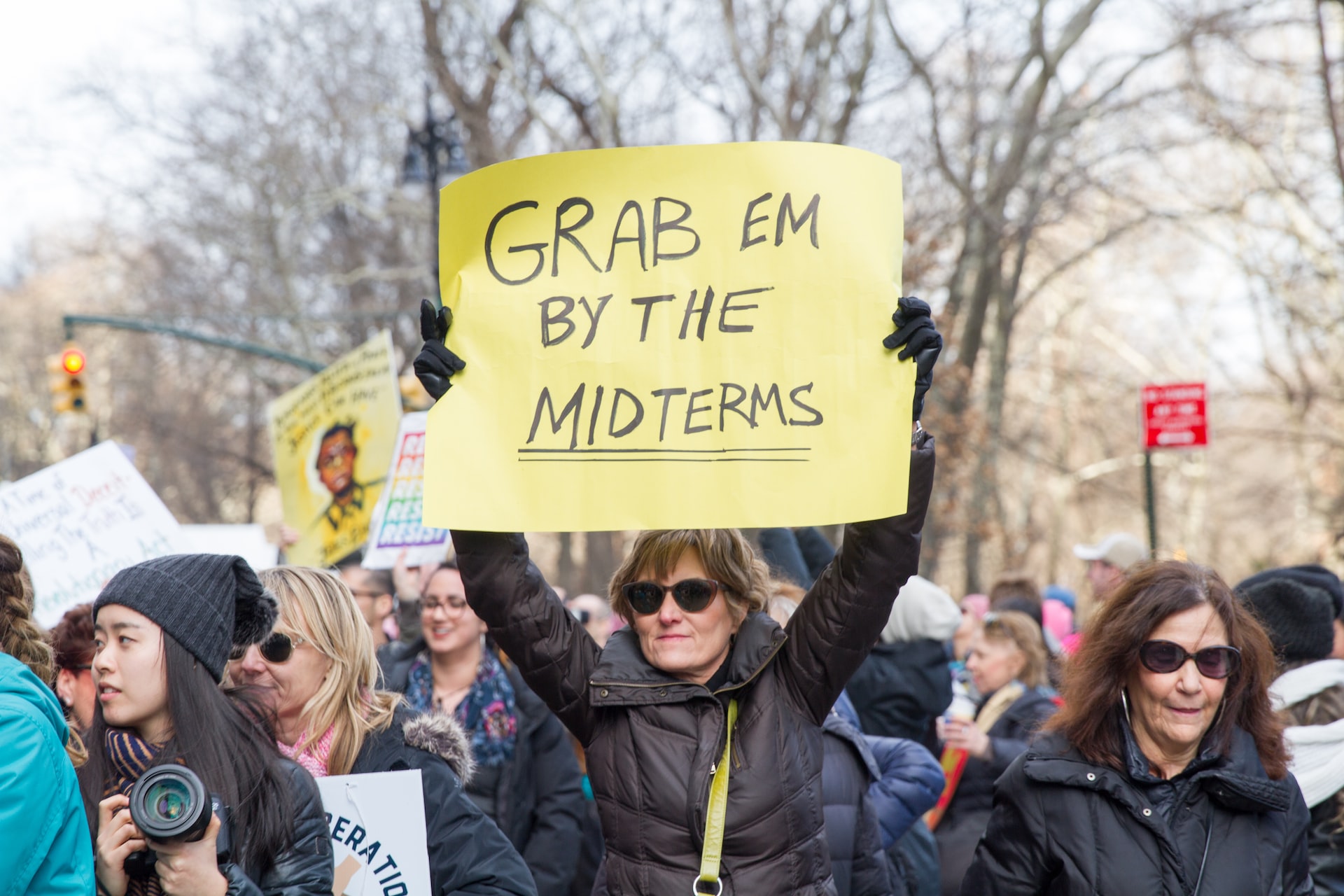
19. Read banned and challenged books — and share what you learn from them with friends, colleagues and elected officials. Nothing scares authoritarians and corporatists more than independent thinking and dangerous ideas — well, dangerous to them, anyway.
20. Take a civics class. It’s probably been a few years; we could all use a refresher. You can find some great, free, self-paced online classes on U.S. government and civics from Khan Academy, Harvard Law School, the Bill of Rights Institute and the Center for Civic Education.
21. Support a free press. Read, share, subscribe, give gift subscriptions, buy ads, donate — especially local news publications, which have really suffered in recent years, and in too many cases stopped publishing. This has given rise to dangerous news deserts — regions without an effective Fourth Estate — an important issue for democracy. Studies show that informed civic participation goes down as news deserts emerge. And when civic participation goes down, corporate malfeasance goes up and government accountability declines.

22. Send local story tips to the media or share ideas for environmental coverage with the bigger outlets. Journalists depend on an active populace, and you should never underestimate the power of a good whistleblower. (Hint: We like tips.)
23. Have discussions. Not everyone fully understands the threats of climate change or biodiversity loss or comprehends the systemic causes of environmental injustice. Sometimes that means breaking through their sources of disinformation (Skeptical Science can help with that). Other times it requires some back and forth. The First Amendment Museum offers tips on having a civil conversation that will change someone’s mind, while Psyche magazine offers advice on how to have better arguments.
24. Avoid the cult of personality. Talk about issues and the effectiveness/ineffectiveness of specific environmental legislation rather than individual candidates. (And if your preferred candidate doesn’t win, don’t take it personally or get dissuaded.)
25. Show up and speak at town halls, planning board meetings, school board meetings — anywhere the public can help shape policy. The Earth can’t speak for itself, so someone needs to — especially since proponents of development or other destructive projects will certainly show up.
26. Propose ballot initiatives or their local equivalents. The process and nature of these types of initiatives, which allow citizens to vote directly on major issues, vary by state and municipality, so check with your local experts to see what you can do.
27. Self-advertise. Those ubiquitous “I voted” stickers on election day serve multiple purposes: They display our pride and remind others to get to the polls. But why limit that to one day a year? Buttons, bumper stickers, social-media icons and even memes can remind people year-round of the need to vote or otherwise participate — and hold you up as an example of someone who does.
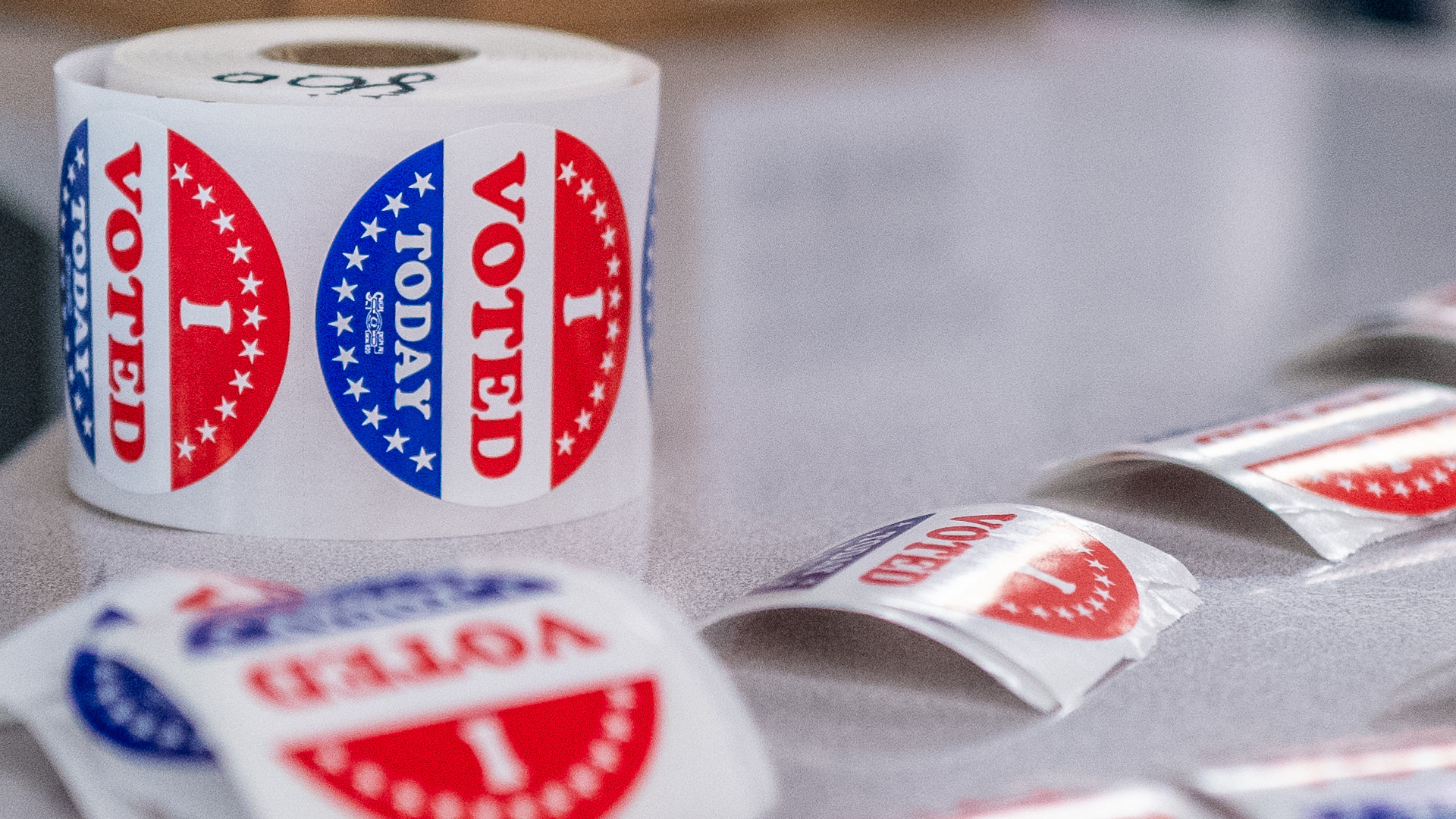
28. Support libraries, museums, community centers and local organizations that themselves support an engaged, educated community. Encourage them to set up displays on environmental topics, organize speakers, conduct outreach efforts, or whatever best fits their mission.
29. Spread the news about the ways democracy is in peril. Attacks on voting, the right to protest, the media, LGBTQ+ rights and other freedoms are symptoms of the worldwide rise in authoritarian forces. And as authoritarian governments rise, environmental protections fall. (Nazi Germany and modern-day Russia are notable examples.) Keep track of these threats, especially the home-grown kind, and spread the word about the dangers they pose. (There’s no single source devoted to tracking this, so it may require keeping your eyes open. A good starting place, though, is these newsletters from Democracy Docket.)
30. Have (and share) a contingency plan. In our age of ever-increasing climate disasters, far too many people every year find themselves displaced by fire, smoke, flood or other kinds of crisis. Don’t let that interfere with your ability to vote and otherwise participate. Do your research early so you know how to contact your representatives or election officials in case something forces you to flee your community. And share what you learned with your neighbors so others aren’t disenfranchised.
And finally, keep going. You can find many more ideas for encouraging systemic change in our 30-day climate action plan.
